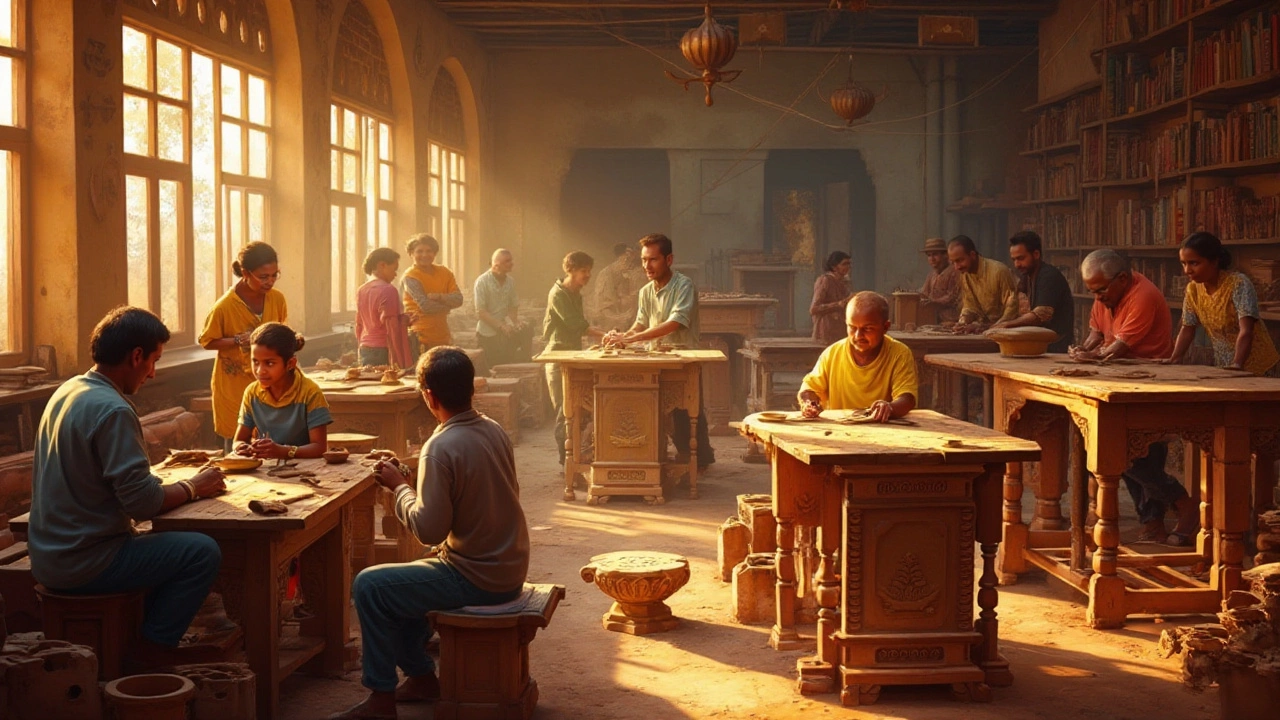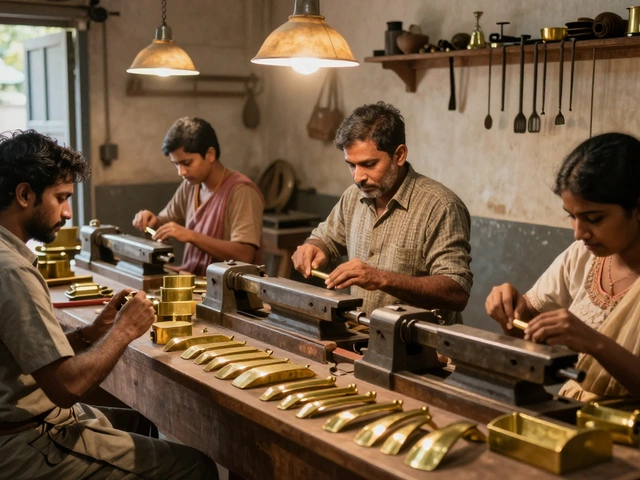Furniture Manufacturing in India: What You Need to Know
If you’re thinking about making furniture in India, you’re looking at a market that’s growing fast. More people are buying homes, renovating spaces, and preferring locally made pieces. That means factories, small workshops, and new tech are all getting busy. In this guide we’ll break down the biggest trends, the practical steps to start production, and the tips that help you stay competitive.
Top Trends Shaping 2025
Smart and sustainable design is no longer a niche. Buyers want wood that’s FSC‑certified, recycled metal frames, and low‑VOC finishes. Manufacturers who source responsibly and show clear eco‑labels are winning contracts from retailers and online platforms.
Flat‑pack and modular furniture is booming because it cuts shipping costs and fits cramped city apartments. Companies are using CNC machines and automated edge‑banding to keep parts precise and easy to assemble.
Digital tooling and AI are getting real‑time data on machine performance, inventory, and demand forecasts. Small makers can now afford cloud‑based ERP systems that auto‑order raw material when stock dips, reducing downtime.
Export focus is expanding, especially to the US, Europe, and the Middle East. The government’s “Make in India” incentives cover duty rebates for items that meet quality standards, making it easier to ship abroad.
Getting Started: Practical Steps
First, nail down your product niche. Are you targeting budget‑friendly bedroom sets, premium wooden dining tables, or office ergonomics? Knowing the segment helps you pick the right material, design software, and pricing model.
Second, secure the necessary licenses. A factory in India needs a Factory License, GST registration, and often a Pollution Control Board clearance if you’re using chemicals for finishes.
Third, line up reliable suppliers. Visit local timber yards, metal mills, and upholstery workshops. Building a relationship with a few trusted vendors beats chasing cheap, unreliable deals.
Fourth, invest in the right equipment. For a start‑up, a CNC router, a laser cutter for panel edges, and a basic sanding line can cover most wood‑based production. If you’re leaning toward metal frames, a CNC bending machine and welding stations are essential.
Fifth, set up a quality‑control checklist. Measure every joint, test finish durability, and run a sample shipment before full production. Small defects quickly turn into costly returns when you sell online.
Finally, market your products early. Use Instagram reels to show the making‑of process, list your catalog on B2B portals like IndiaMART, and consider partnering with interior designers who can showcase your pieces in real homes.
By watching the trends, following these steps, and staying focused on quality, you can turn a modest workshop into a profitable furniture manufacturing business. The Indian market is hungry for fresh designs, sustainability, and fast delivery – and the right factory can meet all three.
The World's Leading Furniture Producer: Spotlight on India
Explore the journey of India as it become the largest producer of furniture worldwide. This article delves into the factors that have contributed to India's rise, from its rich resources to skilled labor. Discover the unique strategies employed by Indian manufacturers, ranging from traditional craftsmanship to sustainable practices. Understand the challenges faced by the industry and how it plans to maintain its leading position in the global market.
Read More




